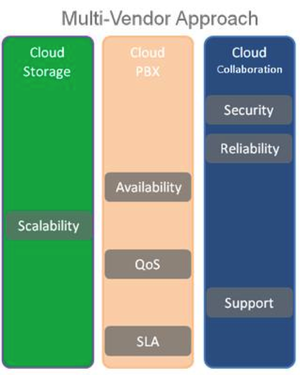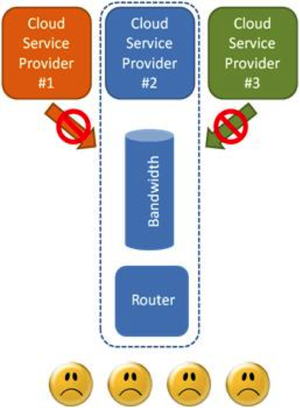The many benefits of cloud IT services make their appeal widespread to enterprises large and small. In fact, today many enterprises are not debating whether they should migrate their IT services to the cloud, but how many IT services they should migrate. The availability of disparate types of cloud services -- from file sharing to communications and collaboration services -- means these discussions span across all areas of IT.
And while one cloud service may work well, and several may work great, the opposite can also be true when something goes wrong. Let's explore some of the real headaches that can occur when migrating multiple IT services to the cloud.
Headache 1: Inconsistent service attributes
While the features of each cloud service are important and have to be evaluated, there is a whole other side of them that IT must evaluate: service attributes. Service attributes include security, reliability, availability, scalability, quality of service (QoS), support, and service level agreements (SLAs). These seven attributes will determine how well a service will perform for its end-users. More importantly, they will determine how much time and energy will be required by IT resources to maintain the service. Ideally, you want to select cloud services that all meet or exceed your enterprise's seven service attribute requirements.
Headache 2: Crosstalk
You may run into the problem of inter-service "crosstalk," or cross-service interference. This can happen when multiple services compete for the same resource, such as bandwidth or network router processing power. Eventually one wins out, and the other services suffer in terms of actual operation or QoS. Service crosstalk can be virtually impossible to figure out, because the cloud providers in question are unlikely to understand the intricate inter-relationship of their service with the other service providers' services. Evaluate each service and its critical resource requirements. Be sure to match those to your enterprise's resources before adding the service.

NEXT PAGE: Headaches 3 & 4










